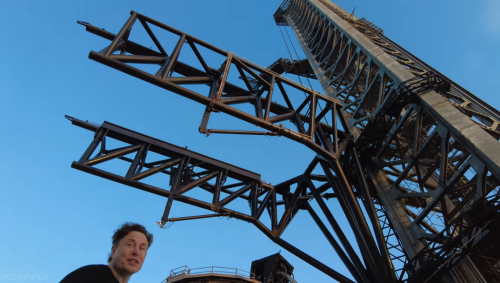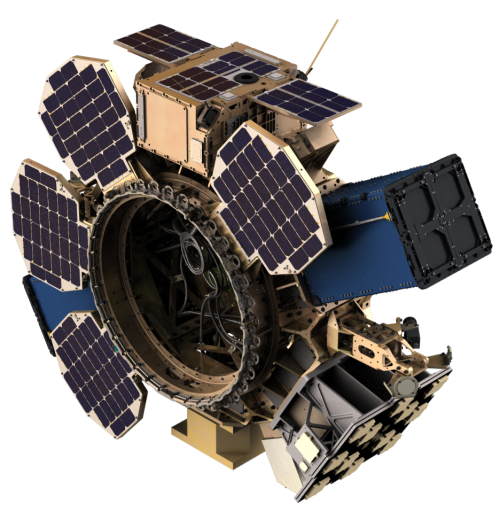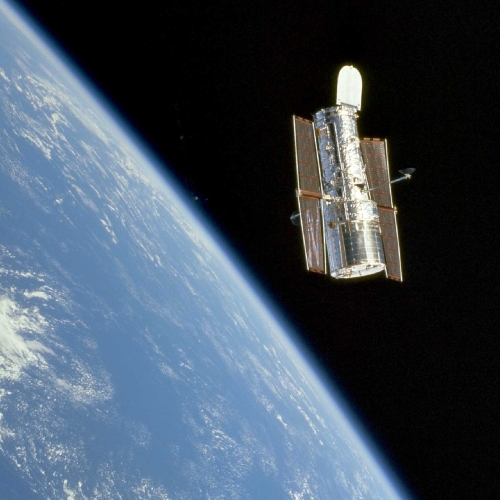FAA once again delays approval for launching Starship from Boca Chica
Capitalism in space: The FAA today announced that it is once again delaying release of its environmental reassessment of SpaceX’s Boca Chica facility in Texas, setting a new release date only two weeks hence.
The FAA intended to release the Final PEA on May 31, 2022. The FAA now plans to release the Final PEA on June 13, 2022 to account for ongoing interagency consultations. A notice will be sent to individuals and organizations on the project distribution list when the Final PEA is available.
The previous five delays had each been month-long. This two week delay strongly suggests that the bureaucrats are getting close to a final agreement. Whether that means SpaceX will receive an approval, which is what the initial draft had suggested back in December, or be blocked, we shall have to see. A statement SpaceX CEO Gwynne Shotwell in mid-May that the company would be ready to launch Starship by June suggests it will be an approval.
I have been predicting since December that the month-by-month delays would continue until after the November election. I will be quite happy if that prediction ends up wrong.
Capitalism in space: The FAA today announced that it is once again delaying release of its environmental reassessment of SpaceX’s Boca Chica facility in Texas, setting a new release date only two weeks hence.
The FAA intended to release the Final PEA on May 31, 2022. The FAA now plans to release the Final PEA on June 13, 2022 to account for ongoing interagency consultations. A notice will be sent to individuals and organizations on the project distribution list when the Final PEA is available.
The previous five delays had each been month-long. This two week delay strongly suggests that the bureaucrats are getting close to a final agreement. Whether that means SpaceX will receive an approval, which is what the initial draft had suggested back in December, or be blocked, we shall have to see. A statement SpaceX CEO Gwynne Shotwell in mid-May that the company would be ready to launch Starship by June suggests it will be an approval.
I have been predicting since December that the month-by-month delays would continue until after the November election. I will be quite happy if that prediction ends up wrong.






